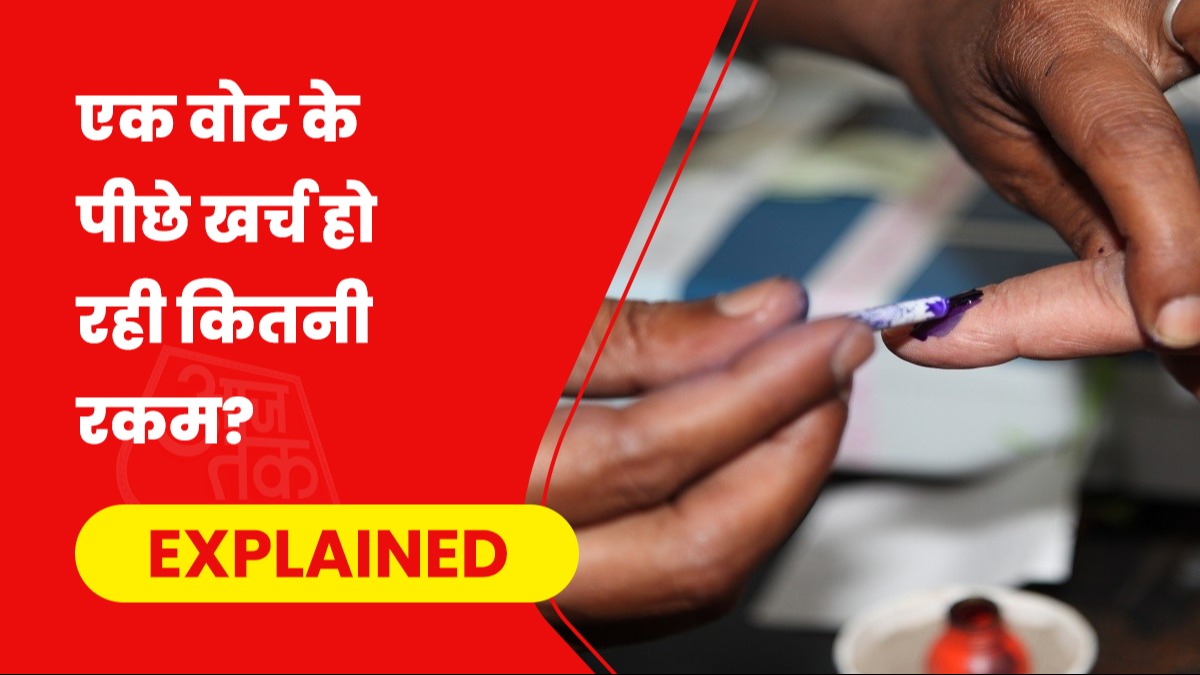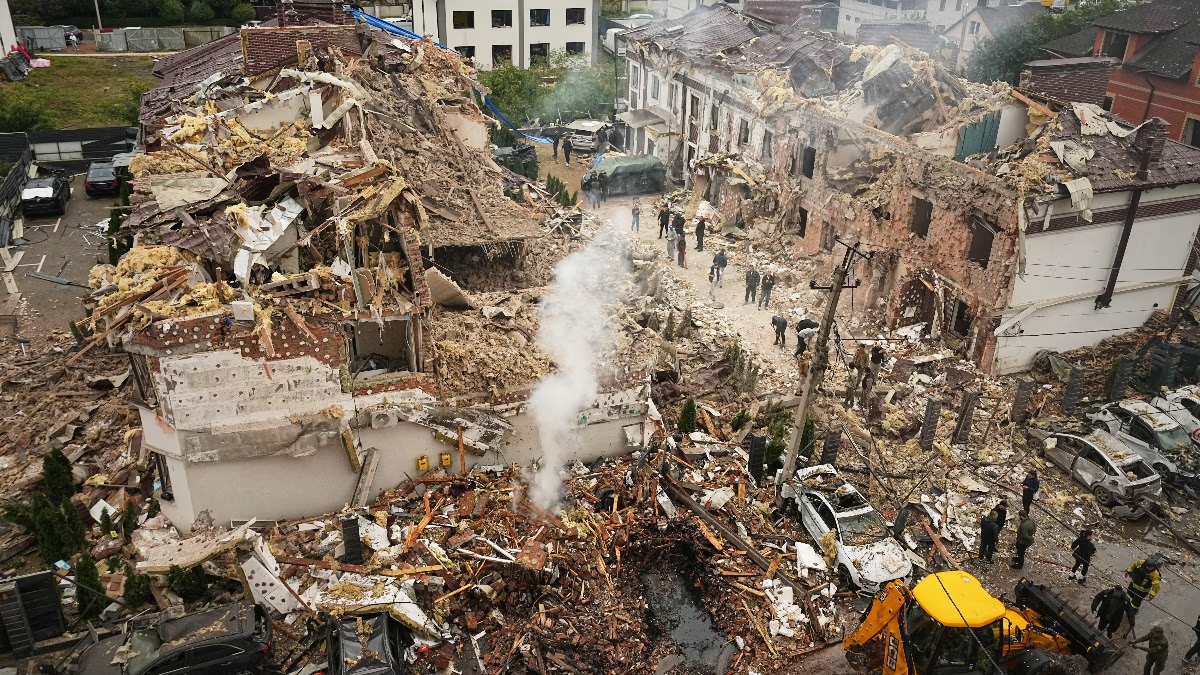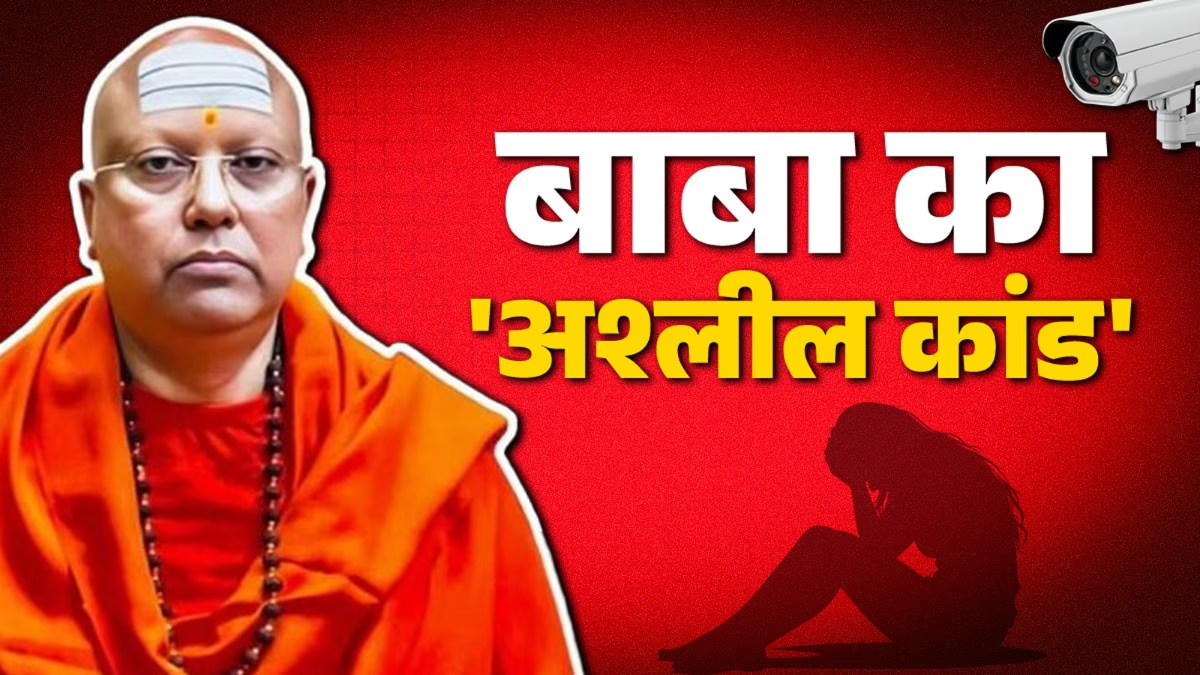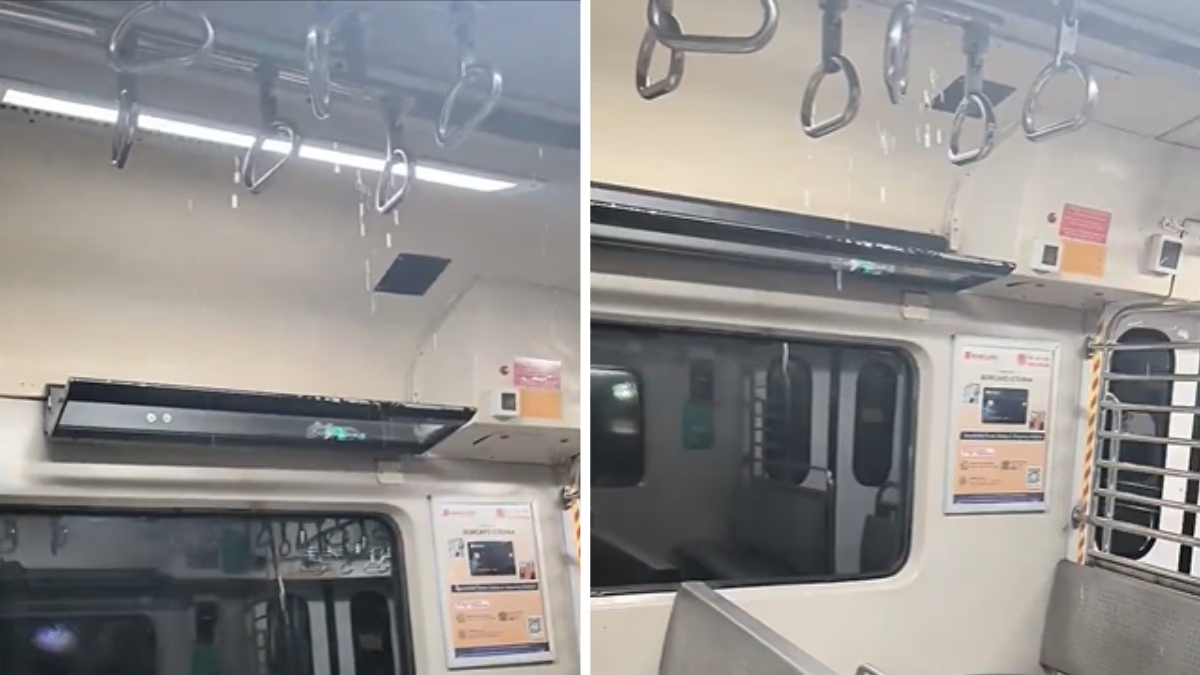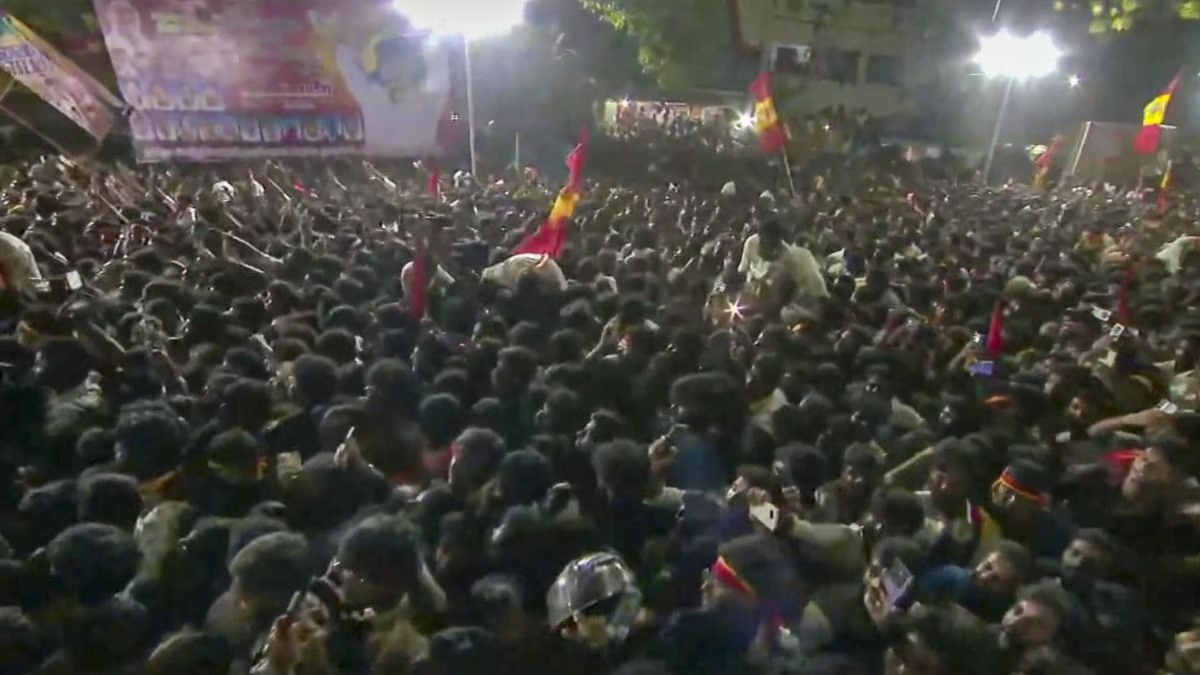The initial phases of the 2024 Lok Sabha elections are behind us, with five more to go. These segmented elections ensure organization and manageability, requiring a bevy of staff and officers to maintain the integrity of the process – a process which ultimately reflects our collective choice in leadership. This elaborate orchestration not only ensures that democracy thrives but also comes with a significant price tag, one in which our individual votes carry considerable weight. Intriguingly, the compensation workers receive for their day's labor might just be less than the value of your single vote.
The Center for Media Studies (CMS) has been monitoring election expenses for some time now. It reveals a pattern where each election surpasses its predecessors in spending, considering both direct and indirect costs.
The Investment in Democracy
The tally includes expenses from the Election Commission, individual party expenditures, public conveniences, and encompasses every aspect associated with running elections in any country. India now boasts 96.8 crore voters, residing across expansive and remote regions. The costs also envelop the logistical expenses of polling workers, including their travel, accommodation, and subsistence. The expenditures extend to Electronic Voting Machines (EVMs) and voter identification cards, with even the indelible ink used during voting being a financial line item.

Source: aajtak
An Administrative Affair
The Election Commission disburses daily wages to staff; for those traveling, additional accommodation and meal costs are incurred. The Presiding Officer receives 350 rupees, while Polling Officers get 250 rupees – with meal allowances varying around 150 rupees per shift.
The Rising Cost of Awareness and Outreach
An exact figure for current election expenditure is elusive; however, the soaring number of voters and the advent of social media has inflated costs notably. Initiatives to enhance voter participation also contribute to the growing total. Ultimately, the government's efforts are in vain if citizens don't exercise their right to vote.
A Look at Historical Spendings
In 2014, the Lok Sabha election saw an expenditure of 3870 crores which, as per CMS reports, skyrocketed to 50,000 crores in 2019. It is speculated that the current election could double the previous spending, estimated to be around 1 lakh crore rupees, spanning seven phases over 45 days.
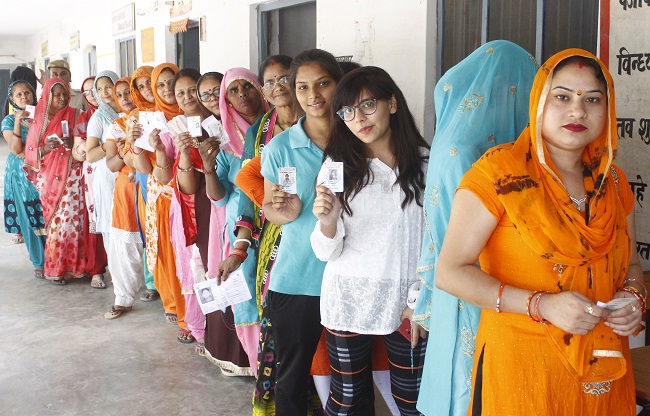
Source: aajtak
The Escalation of Election Costs
The increase in election expenses is not surprising. Initially, there were 53 parties with over 1800 candidates requiring approximately 2 lakh polling booths. By 2019, the candidates multiplied under hundreds of parties, necessitating over 10.5 lakh booths.
The scale of elections and the expenses incurred also depend on the length and complexity of the electoral process. Shorter elections with fewer phases usually incur less expenditure but due to India's vast and diverse landscape, simplifying this process is challenging.
What's the Price of a Vote?
Elections entail no direct cost per vote, yet the entire effort hinges on the significance of each ballot cast. By assessing the total expense and the number of voters, it's estimated that the price tag of a single vote is just shy of a thousand rupees, essentially more than the daily pay of election staff. Interestingly, in the earliest elections, the expenditure per vote was less than a rupee.
Funding the Democratic Process
According to guidelines from the Ministry of Law and Justice, dated October 1979, the financial responsibility of Lok Sabha elections rests entirely with the central government, while state elections are funded by the respective state governments. If both elections coincide, the costs are shared, as will be the case on May 13th across four states.
